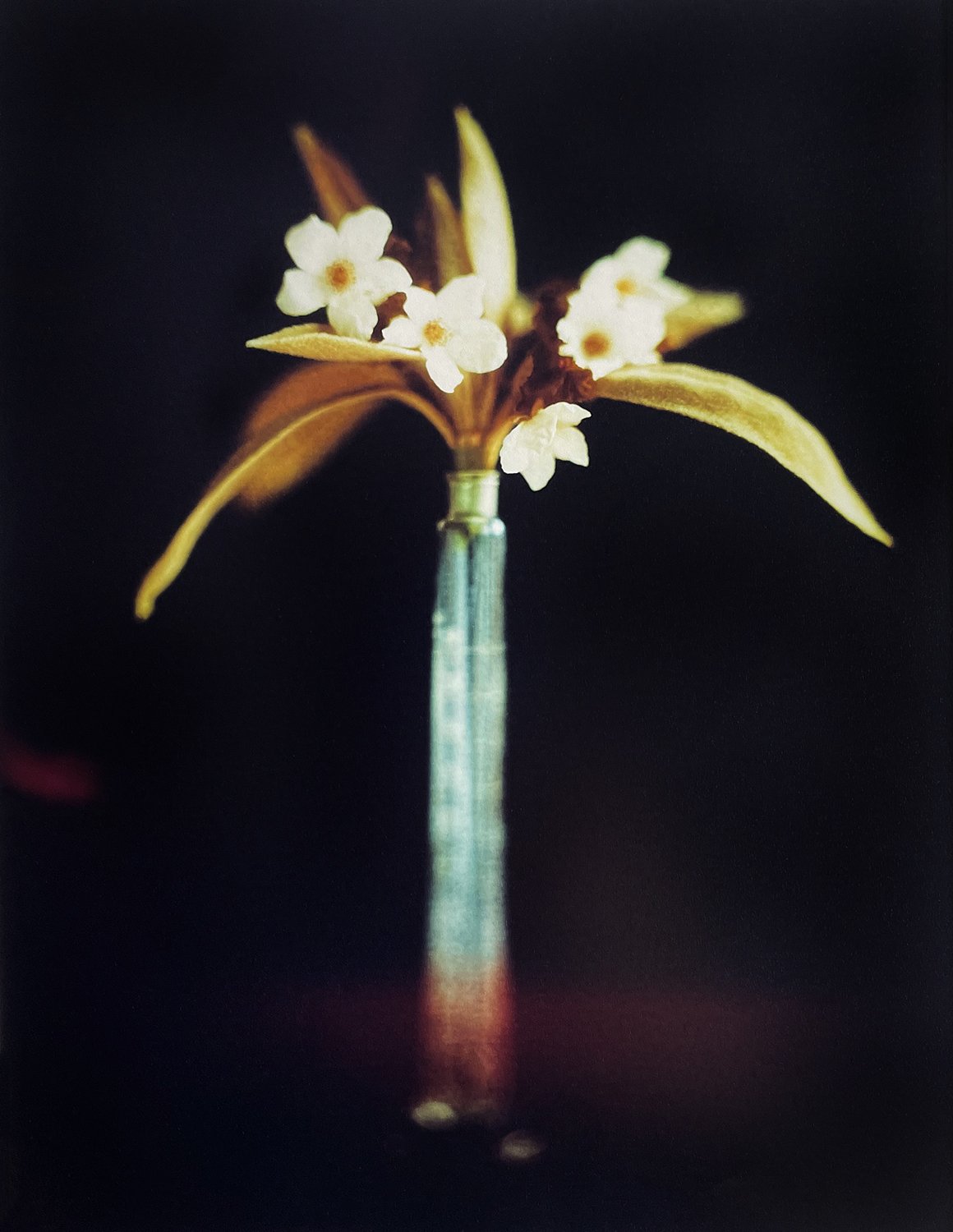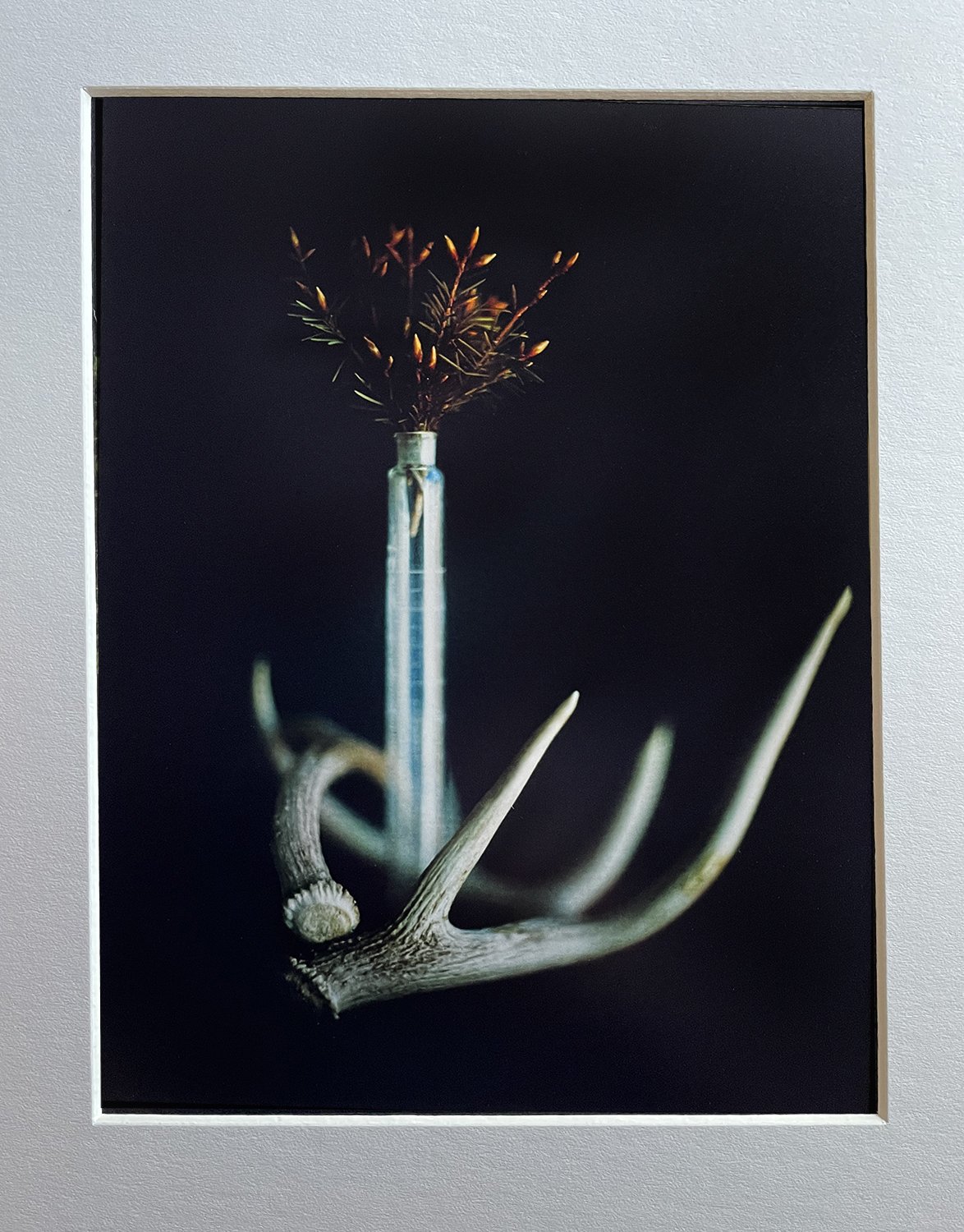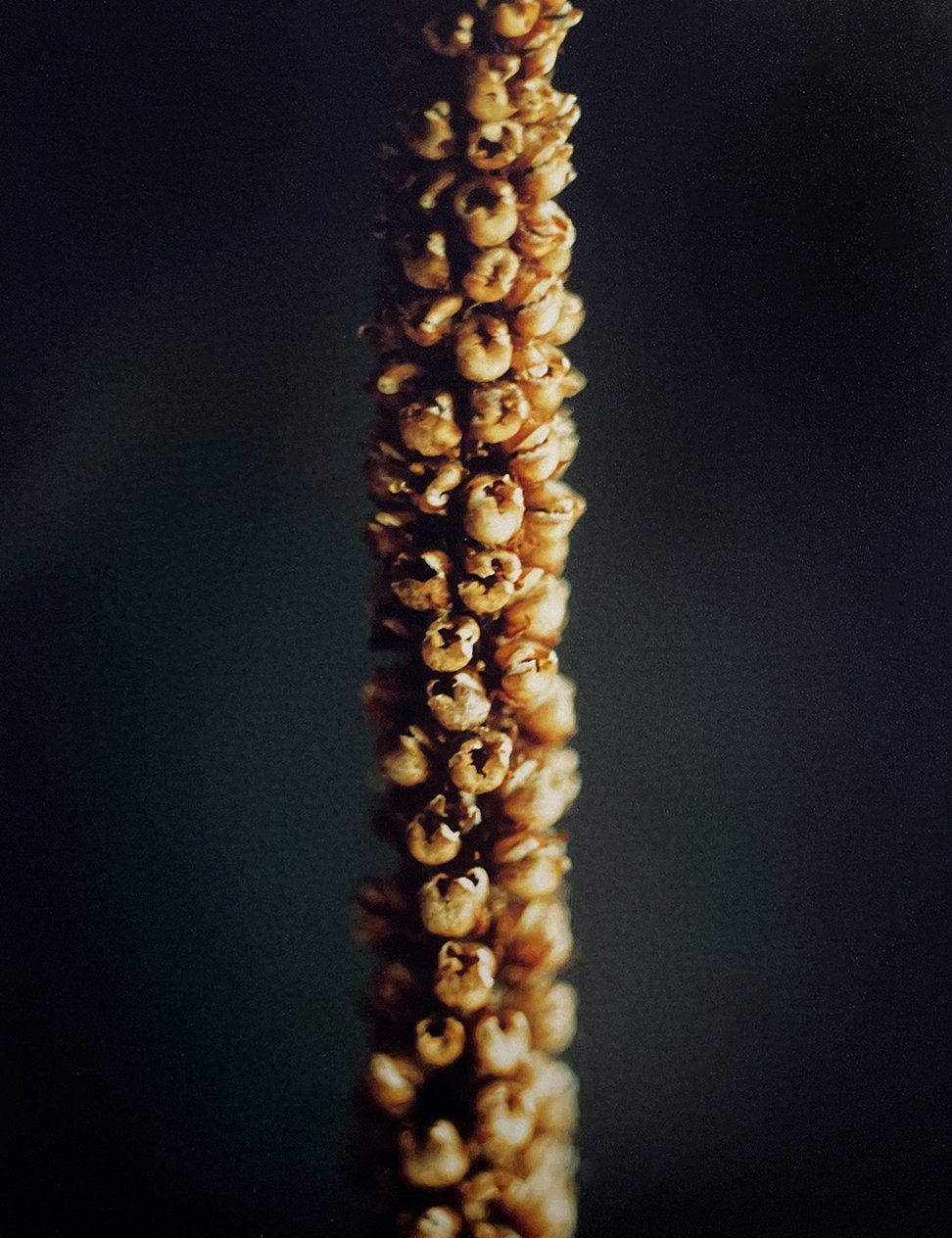The title of this essay sounds contradictory, but it’s not. There are several pieces to the puzzle we call art; these are just a few more to ponder. It may seem like a case of cognitive dissonance, but it’s not. You can hold all of these ideas about art in your head at the same time and have them make sense. That’s the lesson I’ve learned. It’s not about entertainment. It’s about a long, solid journey of growth and a desire to understand yourself and your place in the world. The personal narrative is where art is born.
For over 30 years, I’ve been pursuing visual art with passion and vigilance. I’ve always had the desire to unpack what it is, what it means, and the best way to approach making it. While I use labels, I’m not really a fan of them. For me, it’s the best way I can contextualize and address something, comment on something, or answer something. Art defies labels and words in a lot of ways. And it should; that makes complete sense to me. It has its own language, its own context, so to speak. It’s the creator of the art that needs labels, and words always seem to fall short.
“The justification of art is the internal combustion it ignites in the hearts of men and not its shallow, externalized, public manifestations. The purpose of art is not the release of a momentary ejection of adrenaline but is, rather, the gradual, lifelong construction of a state of wonder and serenity.”
While I’m not an expert, nor would I consider myself any kind of “master” regarding the creation of art, I’ve spent over three decades studying and working in art. It’s taught me a lot. In those three decades, I spent seven years completing both an undergraduate and graduate degree in art. The academics helped me organize and conceptualize my narratives. My undergraduate degree gave me a foundation not only in art photography but in several disciplines. I studied science, social psychology, social science, history, and language. My graduate degree was more focused but still involved a lot of other disciplines. I owe a lot to my education. I’m grateful to have it. I know there is a growing sentiment that higher education is a waste of time and money today. It wasn’t for me. I enjoyed all of it, and it played a big role in who I am today and how I approach life.
I’m beginning to realize, as I unfold all of these ideas in my book (In the Shadow of Sun Mountain: The Psychology of Othering and the Origins of Evil), that I’m learning about a deeper, more meaningful way to make art. That depth also applies to how I think about art; what it is, it's purpose, etc. Without employing other disciplines, such as history, psychology, anthropology, theology, etc., it wouldn’t complete the ideas and theories I’m addressing. The Canadian classical pianist Glenn Gould said, "The justification of art is the internal combustion it ignites in the hearts of men and not its shallow, externalized, public manifestations. The purpose of art is not the release of a momentary ejection of adrenaline but is, rather, the gradual, lifelong construction of a state of wonder and serenity." I couldn’t agree more.
When I read this statement for the first time, I was so moved by it. He articulated what I’ve felt for a long time. He said it’s a “lifelong construction of a state of wonder and serenity.” Wonder is a feeling of surprise mixed with admiration brought on by something beautiful, unexpected, foreign, or mysterious. And serenity is a state of being calm, peaceful, and untroubled.
Gould argues that art should contribute to the ongoing and gradual development of a profound sense of wonder and tranquility within individuals. Instead of providing momentary excitement, art should strive to create a lasting impact, fostering a sense of awe, curiosity, and inner peace that endures throughout one's life. It should help a person understand, at least in some part, their role in life.
His statement emphasizes that art's true value lies in its ability to deeply affect individuals, evoking powerful emotions and facilitating personal growth. He suggests that the purpose of art is not to provide temporary thrills but to contribute to a lifelong journey of experiencing wonder and serenity.
On the other side, I like what the American writer Joyce Carol Oates said: “My belief is that art should not be comforting; for comfort, we have mass entertainment and one another. Art should provoke, disturb, arouse our emotions, and expand our sympathies in directions we may not anticipate and may not even wish.” This is what I have always felt was true about the pursuit of art: to be socially active and, as Oates says, provocative in some way. Provocative doesn’t necessarily mean vulgar, sexual, or shocking, although it can be. For me, it’s about arousing a strong reaction. That can be accomplished in many ways. In my current work, I’m blending a dark historical event with some very life-affirming ideas that complement each other and tell a powerful story about the human condition.
“ My belief is that art should not be comforting; for comfort, we have mass entertainment and one another. Art should provoke, disturb, arouse our emotions, and expand our sympathies in directions we may not anticipate and may not even wish.”
























